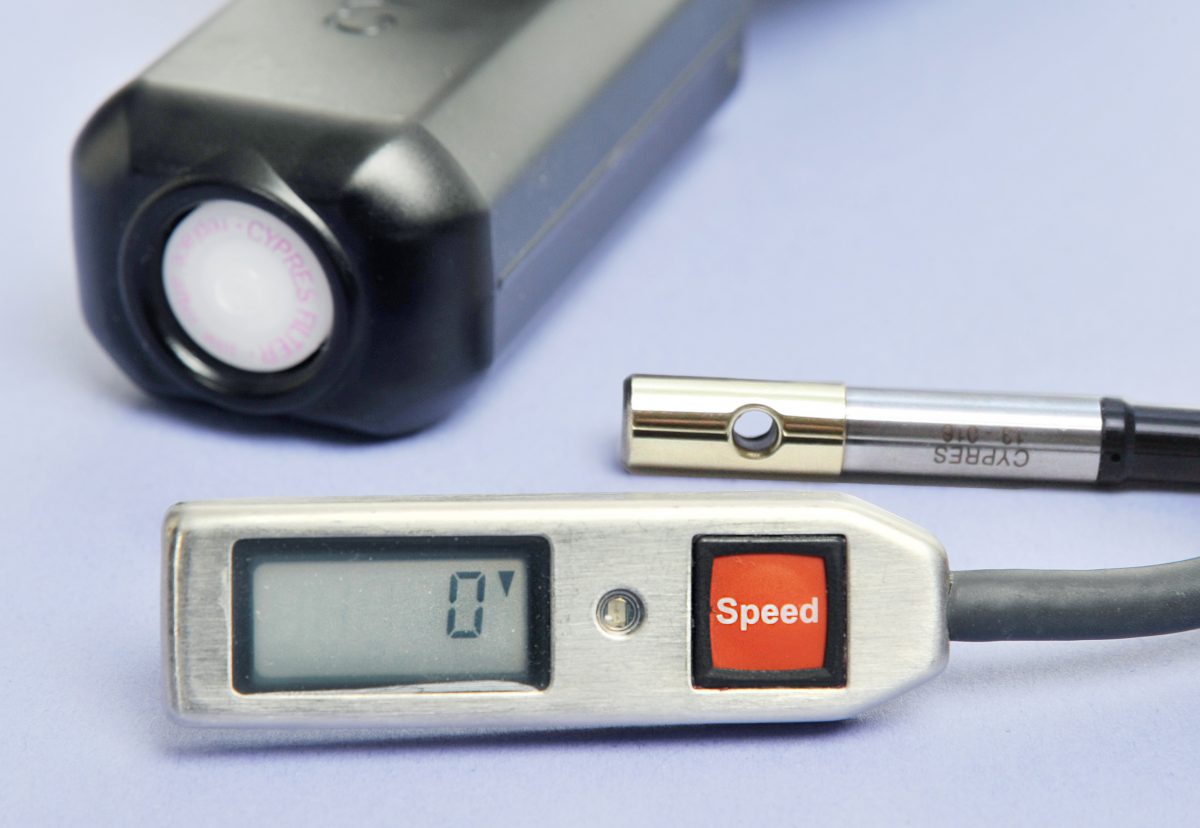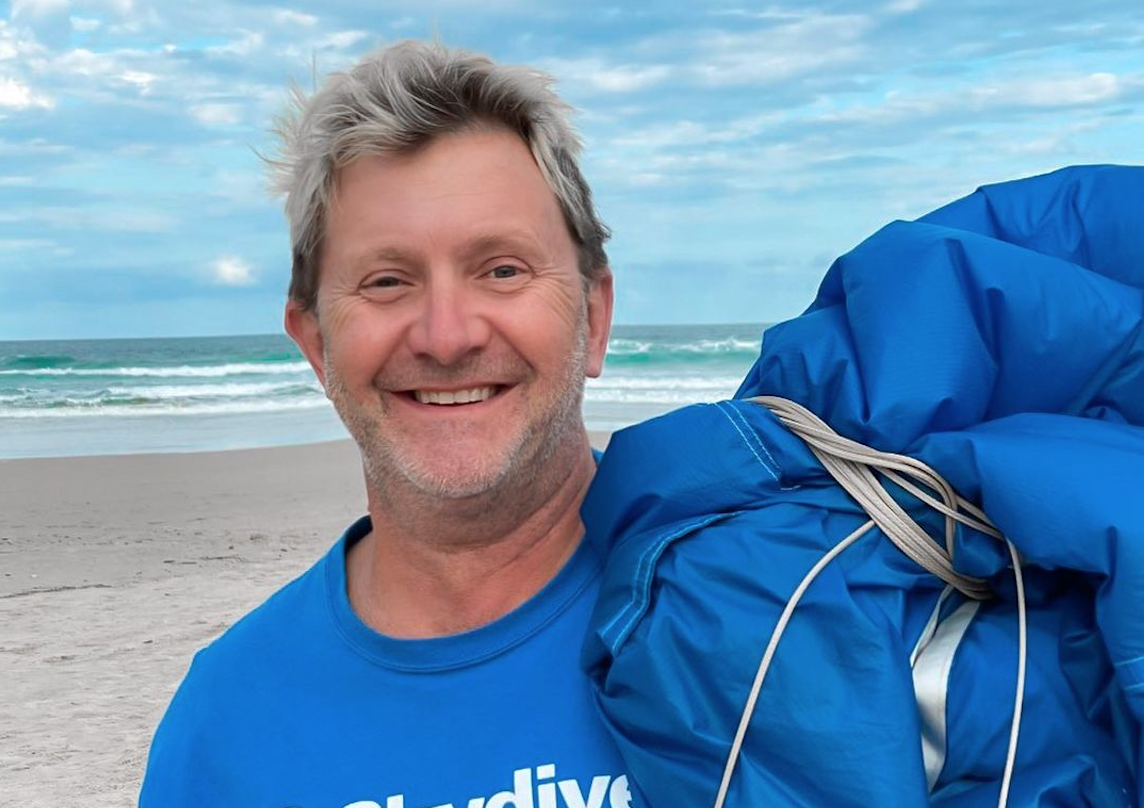Do you know the activation altitude of your Automatic Activation Device? And did you know you can increase it? By Luke Oliver, APF Safety and Training Officer.
Automatic Activation Devices
The Automatic Activation Device is a main component, and more often than not, a compulsory component of a skydiving rig today. However, the AAD has not always been with us. When I started skydiving, it was an optional component, but I'll put my cards on the table and say it is very rare that I've jumped without one.
Back in 1997, I publicly postulated on the Internet of the day, that it might be possible for an AAD to fire during an aggressive swoop. The idea was largely frowned upon and deemed somewhat silly and not worth considering - but then it happened. And again. And again. Fatalities ensued.
AAD Developments
Enter the "Speed CYPRES". This AAD was introduced with a new set of parameters, balanced between terminal velocity and a diving high-performance canopy. There is no doubt it was an improvement, largely solving that particular problem with high performance turns.

But one problem begets another: Wingsuit XRW.
Fully inflated canopies mixing and matching with wingsuits - the latter of which are technically still in freefall. And so the grey area became even greyer. There are now wingsuit-specific AADs that will detect your freefall ending and your canopy flight beginning. Although, if we consider a big suit and a heavily loaded canopy, there may not be much difference between them. Kudos to you if you are playing in this space; you're definitely taking on additional risk.
And these developments are not the only changes that have occurred with AADs over the years...
Activation Altitudes
Yes, canopies have become much faster in terms of descent rate, but - by and large - exit altitudes have gone up too. The 10,000 feet exit has largely given way to 12,000, 14,000, 15,000 feet; and fittingly, break off and deployment altitudes have migrated upwards alongside it.

It's not a perfect match; the minimums haven't increased as much as the exit altitudes. But it feels like there is a trend towards conservatism here. Minimum opening altitude has nudged upwards from 1,800 to 2,000 feet - roughly one second of freefall. Students have gone up a little as well to 2,500 feet. Tandems and static line to 4,000 feet. But stacking up for tight landing areas means not everyone can be open that low for success in those environments, and we are seeing deliberately higher openings in that space as a result.
For specialist activities - canopy piloting for example - you really don't want to be open under 3,500 feet. It feels like everyone has moved up in the world!
One thing that has not changed is the AAD activation altitude. You can expect a reserve out in the airflow at 750 feet. This is less than four seconds before impact, when you're well out of excuses.
But maybe this can be changed?
User-Selectable Activation Altitude
Back in 2013, CYPRES introduced a not-very-well-known feature: the "User-Selectable Activation Altitude". This is quite distinct from the drop zone offset feature and it allows you to lock your CYPRES into a predetermined activation altitude, that is higher than that 750 feet, in increments of 100 feet. Configuring it is the second-most difficult job in skydiving - but once it's done, it stays there, until you change it again. Vigil and Mars AADs also have a similar feature.
So, why increase it?
Maybe you have a rise in terrain around your regular landing area. Maybe you're jumping a reserve that's actually pretty small and fiddly - marginal, even. What is the altitude at which you would like to have your reserve above your head?

You could presume that if you're still in freefall at 1,050 feet, you are probably unconscious, broken, or you've totally blown it. I know people who think a 300 foot addition to their AAD activation altitude might be worth their while. My personal number might even be higher. And any CYPRES serviced since 2013 should have the feature, allowing you to change this.
If this sort of thing interests you, talk to the people you jump with, talk to your Packer A, talk to your DZSO - and take action on it if you like.
A couple of seconds could make all the difference.
About the Author:

Luke Oliver is the APF Safety and Training Officer. He started skydiving in 1996 and has numerous achievements to his name, including a World Record, National Records, representing Australia at the World Parachuting Championships, numerous display jumps, and working as a Tandem Instructor, Chief Instructor and Examiner.
[Photo Sources: Cypres, Vigil, Mars, Skydive Oz, Dan Stutley]